Helping Students Discover Their Summer Classroom
After a recent Twitter chat on setting kids up for great summer work (hosted by the fabulous Cornelius Minor), I couldn't stop thinking about one of the ideas offered. The idea was from Seymour Simon - acclaimed children's science author of over 250 children's books. He wrote: This instantly sparked conversation and agreement, such as:
This instantly sparked conversation and agreement, such as: In a short few days, students will rush out of our classroom doors and rush into another classroom of sorts - their summer classroom. And Seymour Simon inspires us to view our natural world - whether it be rural, suburban or urban - as a learning lab to explore and learn from with curiosity.Students' summers may be filled with camps and vacations, or nights at grandma's house and video game marathons with cousins. They might have a summer with many (or few) outdoor opportunities. Even if your students live in the most urban of environments, there are countless outdoor summer classroom possibilites. Take Seymour, a city kid himself. He says:
In a short few days, students will rush out of our classroom doors and rush into another classroom of sorts - their summer classroom. And Seymour Simon inspires us to view our natural world - whether it be rural, suburban or urban - as a learning lab to explore and learn from with curiosity.Students' summers may be filled with camps and vacations, or nights at grandma's house and video game marathons with cousins. They might have a summer with many (or few) outdoor opportunities. Even if your students live in the most urban of environments, there are countless outdoor summer classroom possibilites. Take Seymour, a city kid himself. He says:
"I have loved nature since I was a young child. Although I grew up in the Bronx — a very crowded part of New York City — the natural world was all around me. There is weather in the city, just as there is in the country. You can see the sun, moon, and stars from a rooftop in the city. And I explored a vacant lot on my street, which wasn't exactly a park, but still had birds, earthworms, small plants, and trees. In fact, when I grew up, one of the first books I wrote was called Science in a Vacant Lot."
So whatever summer backdrop your students have, let's encourage them to channel Seymour Simon, open their doors, and explore their version of nature because
being outside, whether in nature or in the city - it's where life happens.
Top Three Ways to Help Students Discover Their Summer Classrooms
- Read books to get students ready to find a summer classroom. We read travel books and websites to plan trips; Kids can read books to plan their summer classrooms. During the chat, we imagined kids reading through Seymour Simon books, getting inspired about the nature they might see and explore over the summer. What weather could they study? What animal-watching might they try to see? What physical landmarks could they capture in a photograph, drawing, or writing?

- Take photographs or micro-videos of outdoor discoveries. With the rise of short-form video sharing (Vine vs. Instagram Video) and the already-popular photo sharing apps and culture, ride this wave and pitch using the medium to capture moments students discover in their summer classrooms.
- What is short-form video sharing and why is it so popular? Apps like Vine and Instagram allow users to film between 6- and 15-seconds video snippets and share easily, as it doesn't take long to download, load and share. Check out a few simple samples: [wpvideo azfQ4ZD7] [wpvideo Tj38ZL6w]Rally students to capture outdoor moments of discovery in their summer classrooms to share with others during and after their summer! Invite students who have similar summer classrooms to make scavenger hunt lists of must-capture moments, like this one:

- What is short-form video sharing and why is it so popular? Apps like Vine and Instagram allow users to film between 6- and 15-seconds video snippets and share easily, as it doesn't take long to download, load and share. Check out a few simple samples: [wpvideo azfQ4ZD7] [wpvideo Tj38ZL6w]Rally students to capture outdoor moments of discovery in their summer classrooms to share with others during and after their summer! Invite students who have similar summer classrooms to make scavenger hunt lists of must-capture moments, like this one:
- Create and use a scientists' notebook to gather observations of natural world. Many students have been cultivating writing or reading notebooks all year. Invite students to keep up the habit of writing about their lives, ideas or reading by also using notebooks to capture their summer classroom discoveries. A quick Google search of famous scientist notebooks will yield lots of pictures of notebooks from Darwin to Newton. Sometimes when studying the world, words aren't enough. Take a picture tour of some famous science notebooks that are filled with words, sketches, diagrams and maps to inspire students in creating their own. Or perhaps use this notebook from young Zachary, an award-winning nature enthusiast who started his first field journal at the age of five!

So here's to a summer of exploring students' summer classrooms! We leave you this blog post with one of our favorite parts of Sunday Morning - a moment of nature. We celebrate students finding their inner-Charles Osgood this summer.Big Idea: Ending the School Year Tiny Detail: Discovering and Celebrating Students' Summer Classrooms-Kate and Maggie

